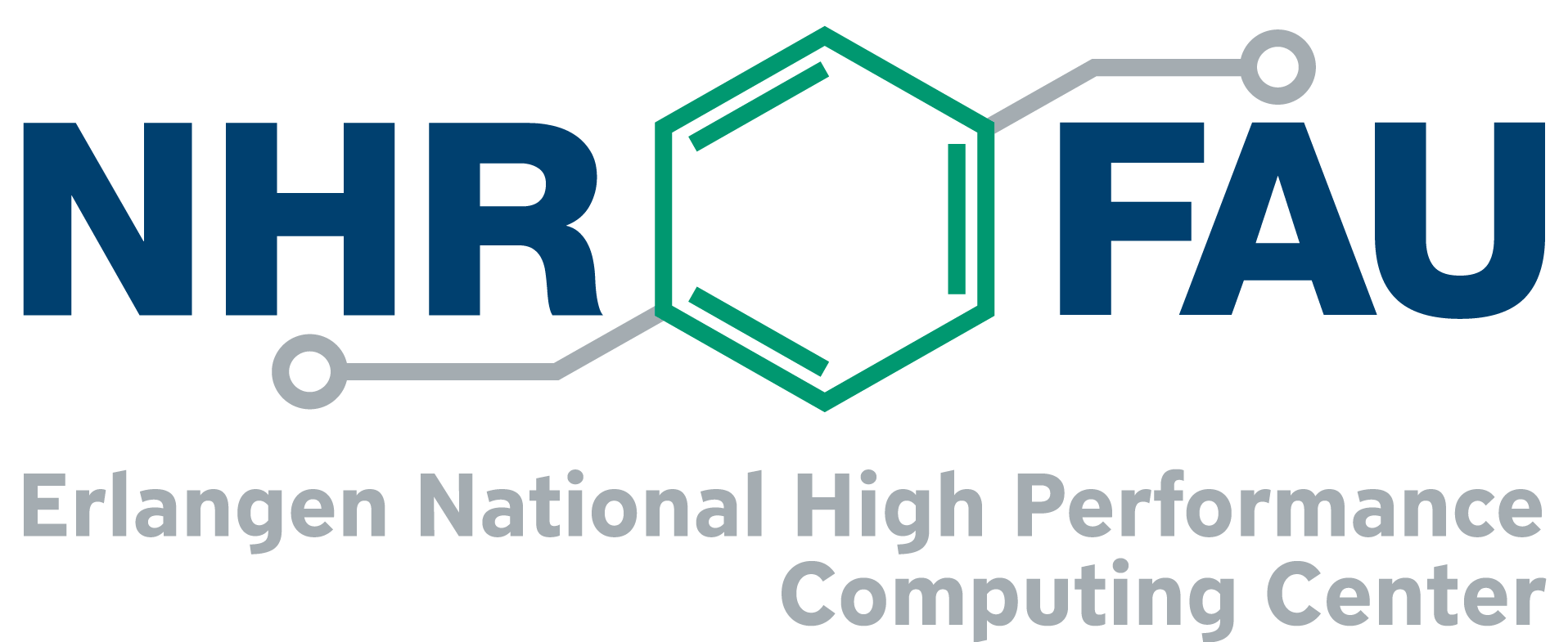HPC User Report from D. Wei (Chair of Materials Simulation)
2D study: properties of extended dislocation in HEAs
The properties of extended dislocation in High entropy alloys (HEAs) are systematically probed by discrete dislocation dynamics numerical simulations at the atomic scale. The results show effects of stacking fault energy and magnitude of random spatial force filed on critical shear stress and the evolution of structure function of extended dislocation, which could be used to large scale dislocation dynamics simulations to explore collective effects of dislocations in HEASs.
Motivation and problem definition
Solid solution strengthening is a common method of strengthening materials in which interstitial atoms form strong distorted regions that react with dislocations and block their movement. This distortion at atomic scale leads to the high entropy alloy with higher fracture resistance and tensile strength. Different from molecular dynamics simulation, dislocation dynamics simulation does not consider the limitation of potential, so it can systematically explore the mechanical behavior and structural function of an extended dislocation in the random spatial stress field, guiding the optimal design of HEAs. The fast multipole algorithm in dislocation dynamics for solving dislocation long-range interactions and random force filed are extremely computation burden, and the table of random stress fields is huge and USES much memory. Therefore, parallel computing on high-performance cluster computers is an effective way, which can significantly reduce the computing time.
Methods and codes

DDD simulations are performed using the open source software ParaDiS, originally developed in Lawrence Livermore National Laboratory. It is written by C/C++ and uses both MPI and OpenMP libraries for parallel simulations. It typically runs on 100-1000 processors with high parallelism.
Results
The stacking fault energy of edge extended dislocation and the magnitude of atomic disorder filed in HEAs AlCoCuNiFe are fitted from MD simulations. And the results show that the stacking fault energy only affects the separation but not the critical shear stress of extended dislocation. The increase of random stress field is able to increase the critical shear stress and change the structure function.
Outreach
This work is funded by Deutsche Forschungsgemeinschaft (DFG) under grant 1Za-8/1. A couple of journals are in progress.
Researcher’s Bio and Affiliation
DeAn Wei graduated with his Bachelor’s degree from Southwest Jiaotong University, Chengdu, China in 2015. And kept on studying MD-PhD at Southwest Jiaotong University. In 2018, he joined at the Chair of Materials Simulation (WW8) as a visiting scholar.
